Muffins are a great breakfast bread to enjoy in the morning, as either a breakfast bread or snack, or as a mid morning snack. These little bits of sweet bread are the perfect complement to so many meals.
They are easy to pack in lunch boxes or to take in a sack for a snack on the go. They can be fruit-filled, chocolate flavored or spiced. Here are a few tips for muffin making.
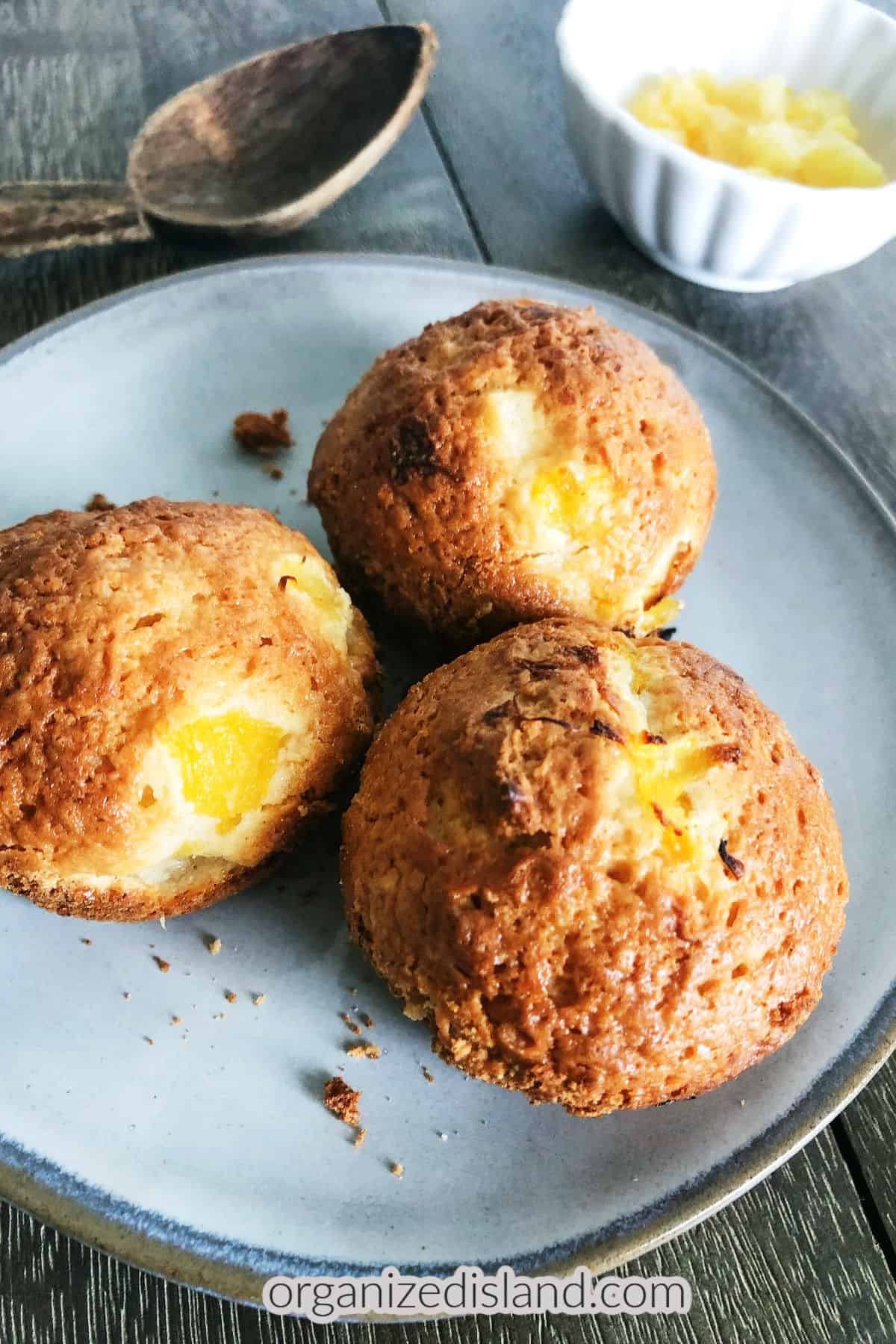
Jump to:
Baking Tips
- Start with room temperature ingredients: Make sure the eggs, butter, and milk are at room temperature before you begin baking. This helps your muffins rise properly and create a more consistent texture.
- When you can, mix dry and wet ingredients separately. In a separate bowl, whisk together the dry ingredients (flour, baking powder, salt, etc.) and wet ingredients (eggs, milk, melted butter, etc.) before combining them. This will help distrubute the batter ingredients and prevent overmixing. Avoid overmixing the batter as it can result in dry, dense muffins. Instead, mix the batter until just combined.
- Use an ice cream scoop or spoon to portion the batter. Using a scoop or spoon will help ensure that your muffins are evenly sized, which is important for even baking.
- Add mix-ins sparingly. If you're adding mix-ins like chocolate chips, nuts, or fruit, add them sparingly so they don't overwhelm the muffin. Aim for a ratio of about ¼ to ½ cup of mix-ins per 12 muffins.
- Fill muffin cups about ⅔ full to allow room for the muffins to expand without overflowing. I also like to use paper liners.
- Bake at the right temperature and time. Preheat the oven to the temperature in your recipe and bake the muffins for the recommended time. Check for doneness by inserting a toothpick into the center of a muffin – if it comes out clean, they're done!
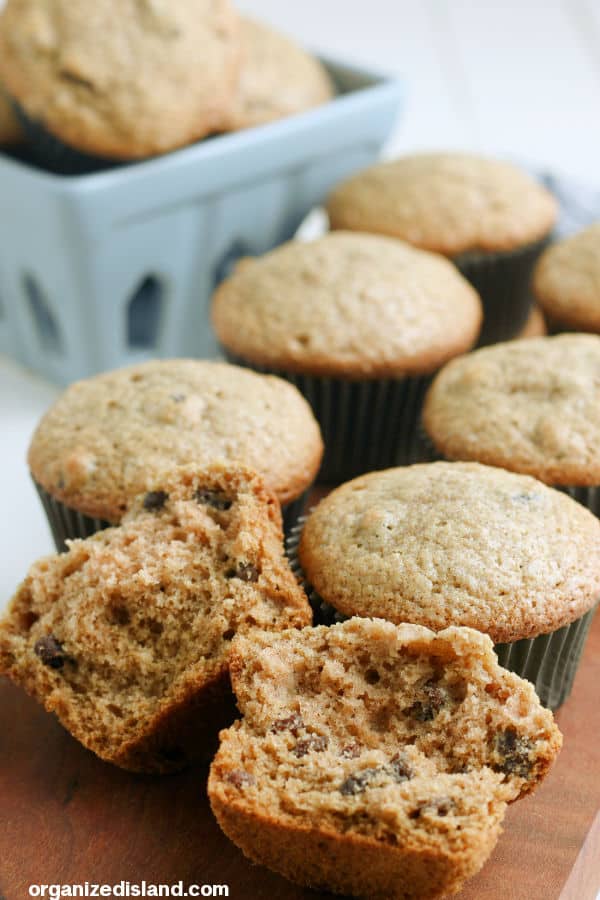
- Use quality ingredients always for the best-tasting muffins. Fresh eggs, real butter, and washed and drained fresh fruits will all make a difference.
- Let the muffins cool in the tin for a few minutes before removing them to a wire rack to cool completely. This will prevent them from falling apart or sticking to the tin.
- Store muffins properly. Once the muffins are completely cool, store them in an airtight container or zip-top bag at room temperature for up to 3 days. You can also freeze them for up to 3 months.
How to Make Fluffy Muffins Every Time
Use the right flour. Use all purpose flour or pastry flour instead of bread flour. Bread flour has a higher protein content, which can result in denser muffins.
Use baking powder and baking soda: These leavening agents create air bubbles that help the muffins rise and become fluffy. Be sure to check the expiration date of your baking powder and baking soda to ensure they're still active.
Don't overmix the batter: Mix the wet and dry ingredients until just combined. Overmixing can develop the gluten in the flour, resulting in tough muffins.
Fill muffin cups about ⅔ to ¾ full to allow room for the muffins to rise.
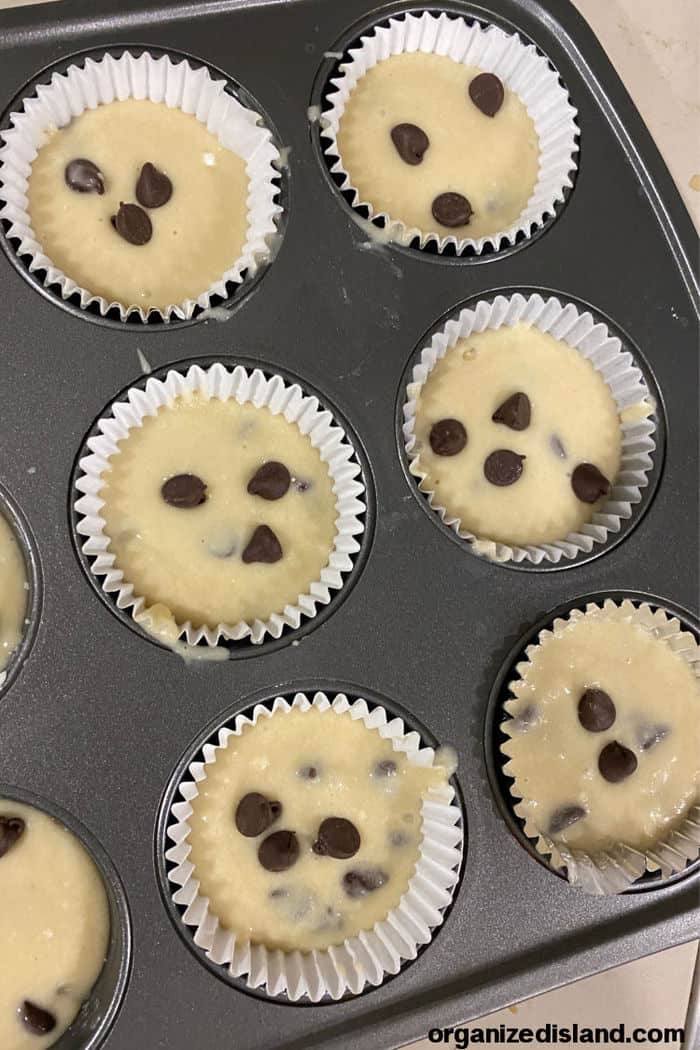
Baking Temperature
What is the best baking temperature for muffins?
The best baking temperature for muffins can vary depending on the recipe, but most muffin recipes call for a baking temperature of 350°F-400°F (190-200°C). This temperature allows the muffins to cook evenly and rise properly without browning or burning too quickly.
Be sure to follow the recipe instructions carefully and check the muffins for doneness by inserting a toothpick into the center of one – if it comes out clean, they're done!
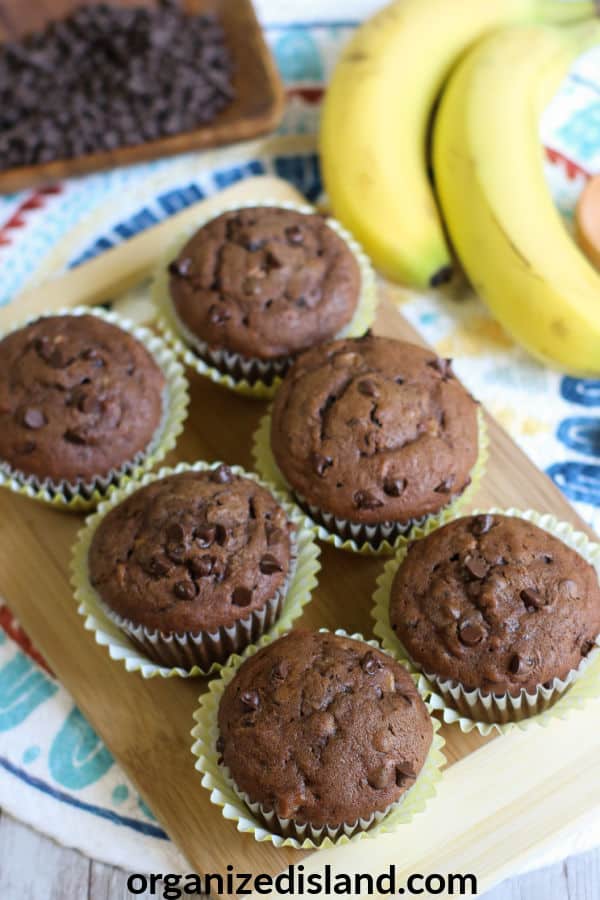
What is the difference between Muffins and Cupcakes?
Muffins and cupcakes are both small, handheld baked goods that are typically eaten for breakfast or as a dessert. However, there are a few key differences between the two:
- Texture: Muffins tend to have a denser, more bread-like texture, while cupcakes are lighter and fluffier, with a finer crumb.
- Sweetness: Cupcakes are typically sweeter than muffins, with a higher sugar content and often topped with frosting or other sweet decorations. Muffins are usually less sweet and may be flavored with fruits, nuts, or other ingredients.
- Ingredients: Muffins typically contain more wholesome ingredients such as whole wheat flour, oats, bran, and fruits or nuts, whereas cupcakes tend to use more refined ingredients like all-purpose flour, sugar, and butter.
- Serving: Cupcakes are often served as a dessert or as a treat at parties or celebrations, while muffins are more commonly eaten as a breakfast or snack food.
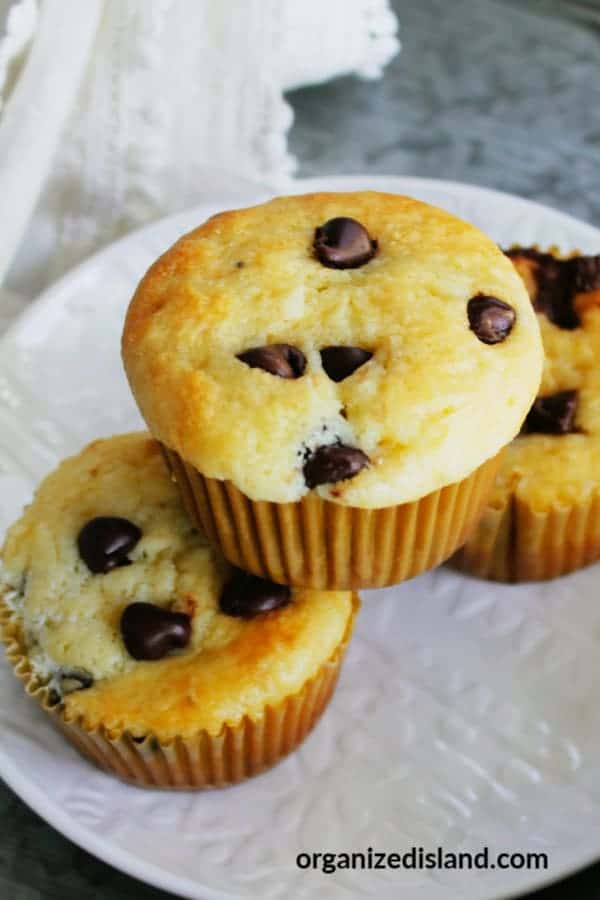
Baking Time
How long should muffins and mini muffins bake?
The baking time for muffins and mini muffins can vary depending on the recipe, oven temperature, and the size of the muffins. In general, regular-sized muffins take about 18-22 minutes to bake, while mini muffins take 10-12 minutes.
To determine the exact baking time for your muffins, follow the recipe instructions carefully and keep an eye on the muffins as they bake. Check for doneness by inserting a toothpick into the center of a muffin – if it comes out clean, they're done!
Keep in mind that these are just guidelines and baking times may vary depending on the recipe and your individual oven. It's always a good idea to check your muffins for doneness regularly to avoid overbaking or underbaking them.
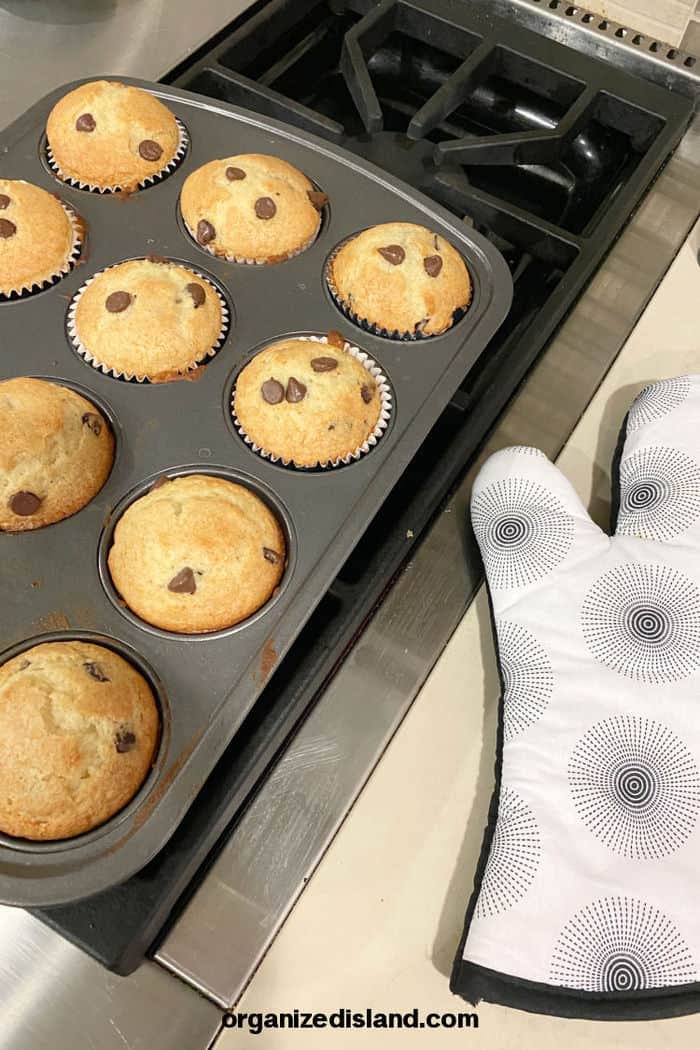
How To Heat Muffins
You can easily reheat muffins in the microwave using the following steps:
- Place one or two muffins on a microwave safe plate. Make sure they're not touching.
- Cover the muffins with a damp paper towel. This will help prevent them from drying out while they're heating up.
- Microwave the muffins on high for 10-15 seconds. Check the muffins after 10 seconds to see if they're warm enough. If not, continue microwaving in 5-second intervals until they're heated through.
- Remove the muffins from the microwave and let them sit for a minute or two before eating. The muffins will be very hot, so be careful not to burn yourself.
Note: If you're reheating more than two muffins, you may need to microwave them in batches to ensure that they heat up evenly.
Microwaving muffins is a quick and easy way to enjoy them warm and fresh. However, keep in mind that microwaving can sometimes make the muffins slightly rubbery or tough, so it's best to only reheat them as needed.
Serving Suggestions
What To Serve With Muffins
There are many great things you can serve with muffins! Here are some ideas:
- Butter or Margarine - While muffins are delicious on their own, adding a little softened butter or margarine adds richness and flavor.
- Jam or Jelly - A dollop of your favorite jam or homemade jelly can add some sweetness and tang to your muffins.
- Cream Cheese - Spread a layer of softened cream cheese on your muffins for a creamy and tangy flavor.
- Honey - Drizzle some honey over your muffins for a natural sweetness.
- Fresh Fruit - Serve your muffins with fresh fruit, such as sliced strawberries or blueberries, for a healthy and refreshing accompaniment.
- Yogurt - A side of yogurt can add some protein and creaminess to your breakfast or snack.
- Coffee or Tea - Muffins pair really well with a hot cup of coffee or tea for wonderful treat.
These are just a few ideas for serving muffins.
By following these tips, you can make delicious and fluffy muffins.
I hope these additional tips help you make delicious and perfect muffins every time!
Timesaving Tips for Muffins
- If you're short on time, you can use a baking mix to save some ingredients.
- Prepare ingredients ahead of time. If you know you'll be making muffins in the morning, measure out the dry ingredients the night before and set them aside. This will save you time in the morning and you can have fresh muffins fast!
- Use a food processor when practical. If you're making muffins that require grated fruits, vegetables or nuts, you can save time by using a food processor to do the grating for you.
- Double the recipe. This works for lots of baked items, it can save you time in the long run. You can freeze the extra muffins (or baked items) for later and have a quick breakfast or snack on hand.
- Use muffin or cupcake liners. Using muffin liners can save you time when it comes to cleaning up. Simply remove the liners from the muffin tin and discard them I love the farmhouse fresh look of these muffin liners.
- Use a cookie or ice cream scoop. Using a cookie scoop to portion the muffin batter can save you time and create even-sized muffins.
- Make mini muffins - they take less time to bake.
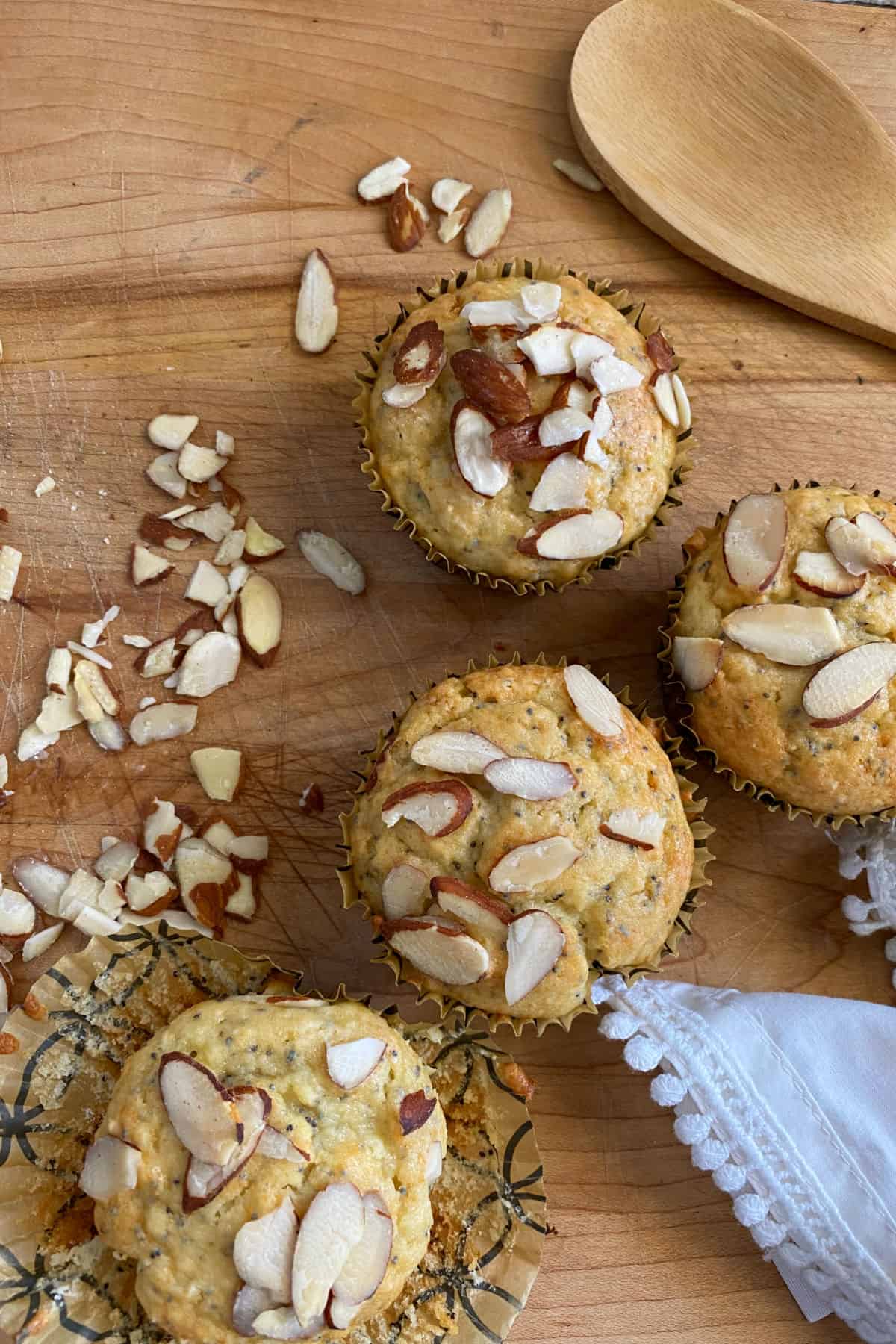
Storing Muffins
Let muffins to cool completely before storing them. If you store them while they're still warm, they can become soggy or mushy.
Store leftover muffins in an airtight container at room temperature for up to 3 days or freeze them for up to 3 months.
You can make muffins in advance and store them in an airtight container at room temperature or freeze them for later.
Freeze for longer storage: Muffins can be frozen for up to 3 months. To freeze muffins, wrap them individually in plastic wrap or aluminum foil and place them in a zip-top bag or airtight container. Thaw them at room temperature when you're ready to eat them.
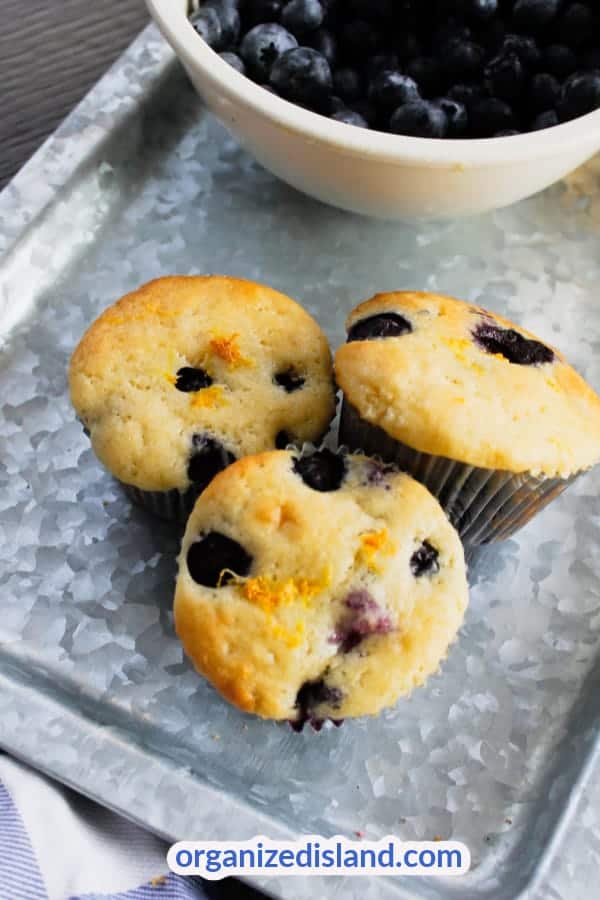
Recipe FAQs
You can prevent muffins from sticking to the pan by greasing the pan with cooking spray, butter or oil, or by using muffin liners.
aking powder is an essential ingredient in most muffin recipes, but you can substitute it with baking soda and cream of tartar or with self-raising flour.
es, you can freeze muffins. Wrap them tightly in plastic wrap or aluminum foil and place them in a freezer-safe container or bag
Insert a toothpick into the center of a muffin. If it comes out clean, they're done.
Use gluten-free flour and other gluten-free ingredients in your muffin recipe


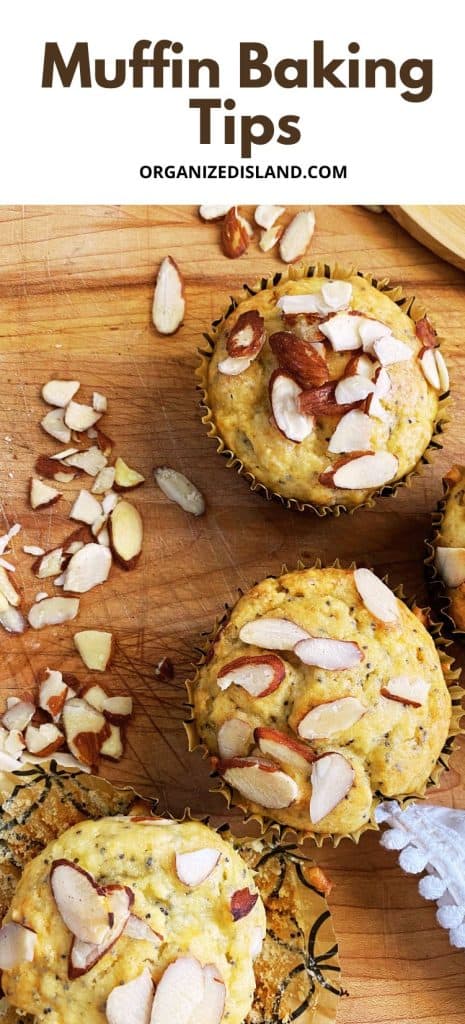
Leave a Reply